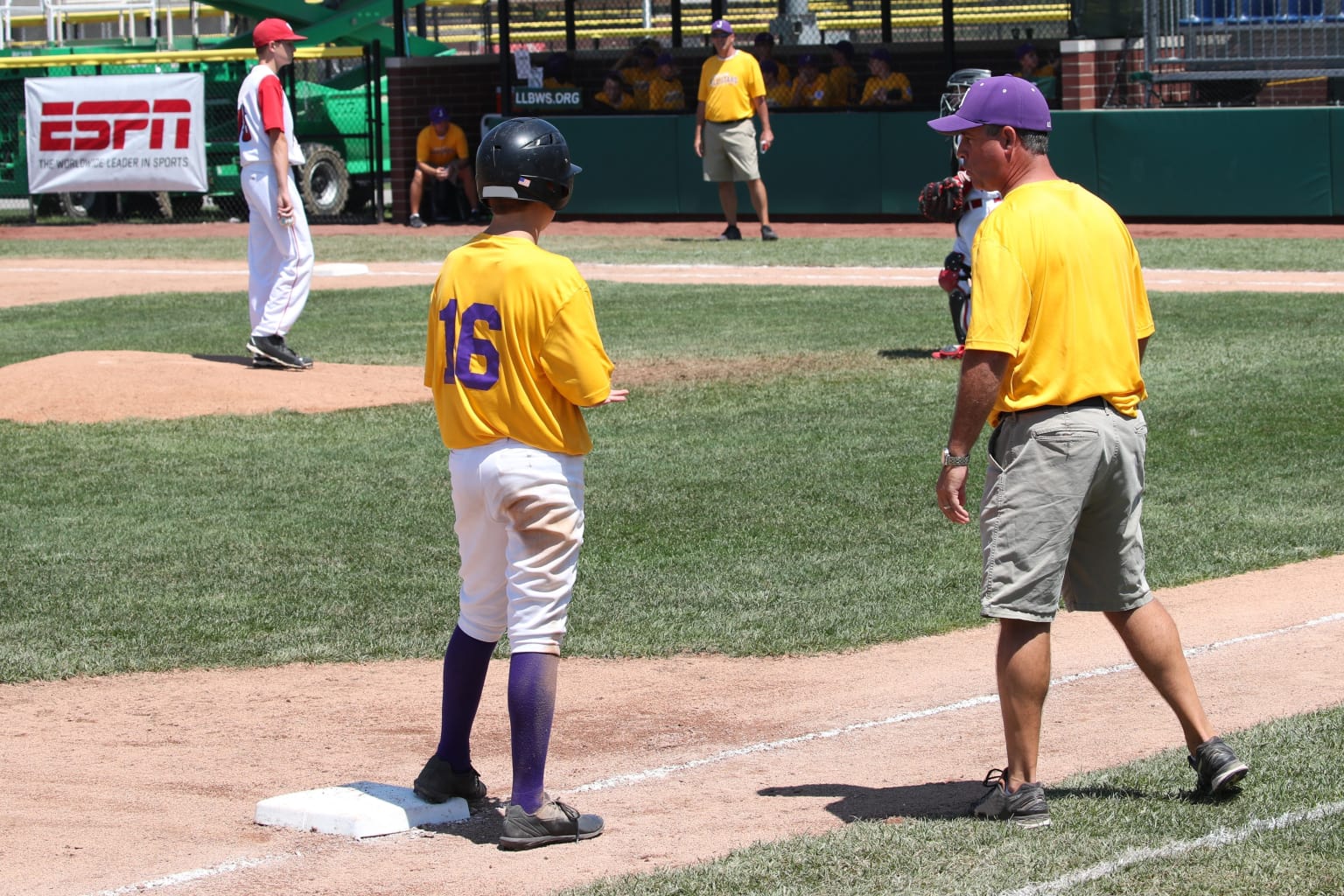
This month, we will explain and outline an umpire’s parameters for disciplining a base runner and base coach in Little League® when the ball is in play. The situation described below is contingent on the base coach “assisting” a runner; and is applicable in all divisions of Little League Baseball® and Little League Softball®.
Situation
With two out and runners on first and third base in the bottom of the first inning in a Little League Softball® Junior Division game, the pitcher delivers a pitch that caroms away from the catcher. Reacting to the wild pitch, the third base coach charges several steps down the baseline and yells “Go!” He quickly realizes that the ball is not far enough away from the catcher for the runner to score and steps into the baseline, physically blocking the runner’s advance toward home plate. The base umpire witnesses this action and signals, but does not verbalize, “Out!” At the next dead ball, the base umpire rules interference on the base coach and the runner is removed from third base. Before the ball is put back in play, the manager approaches the base umpire, and claims that the base coach was simply reacting to the play and inadvertently contacted the baserunner when he stepped into the baseline.
Explanation
For guidance on this situation, look to Rule 7.09, which applies to both baseball and softball.
According to Rule 7.09 (h), it is interference, if in the judgment of the umpire, the base coach at third or first base, by touching or holding the runner, physically assists the runner in returning to, or leaving third or first base is interfering with the runner. The penalty for interference is the runner is out and the ball is dead.
The approved ruling states that: When a play is being made on an assisted runner, the runner is out and all runners return to the bases occupied at the time of the interference (dead ball). If no play is being made on the assisted runner, the runner is out and play continues (delayed dead ball).
Additional related information on common rules misconceptions and misinterpreted rules is available on Little League University.